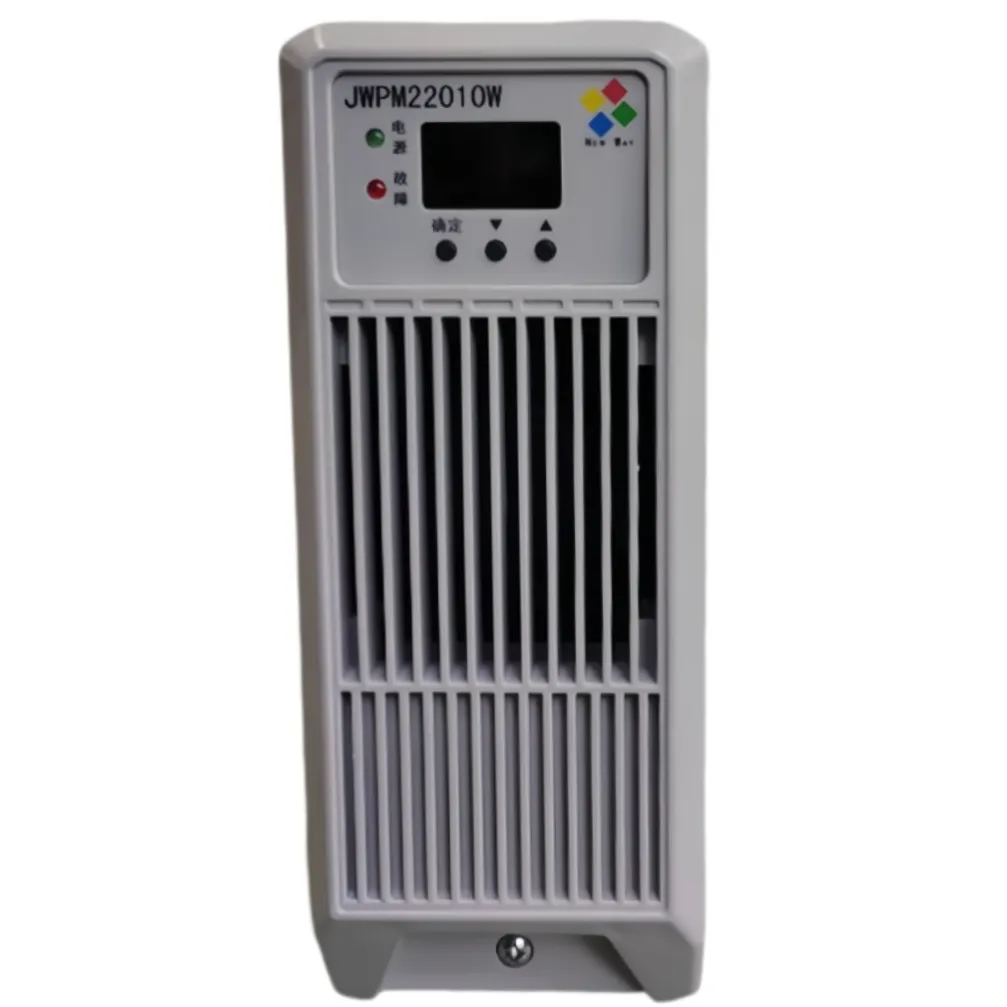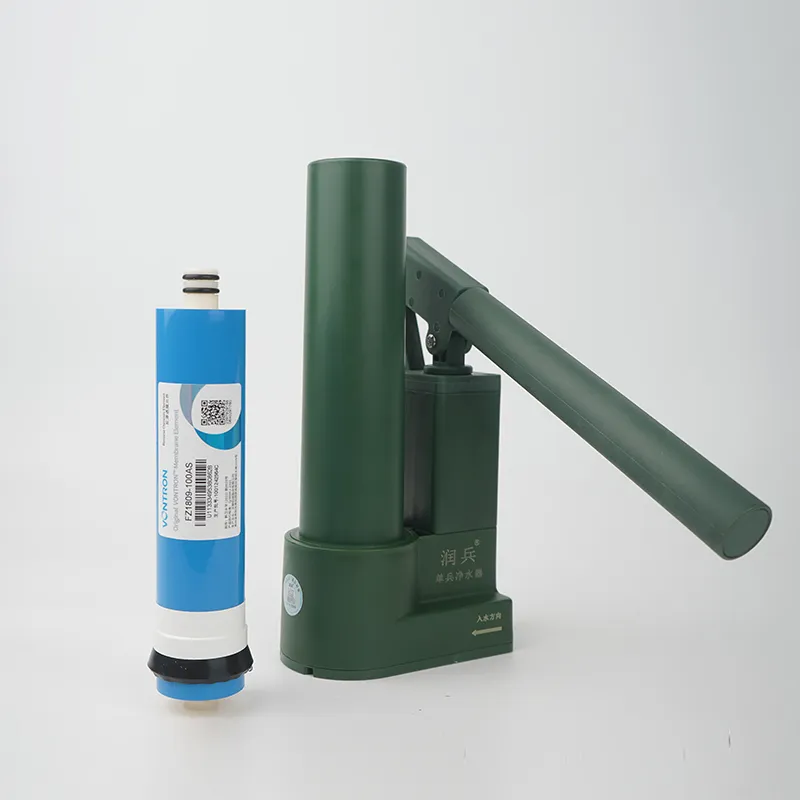Electrical Distribution Box for Home - Safe & Reliable Power Control Solutions
- Introduction: The Significance of an Electrical Distribution Box for Home
- The Functionality and Components of Modern Power Distribution Boxes
- Technical Advancements in Electrical Power Distribution Box Designs
- Manufacturer Comparison: Leading Brands and Performance Analysis
- Custom Solutions: Tailoring Electrical Distribution to Unique Home Needs
- Case Studies: Real-World Applications Across Different Home Settings
- Conclusion: Optimizing Your Home with the Right Electrical Distribution Box for Home

(electrical distribution box for home)
Introduction: The Significance of an Electrical Distribution Box for Home
Reliable power management forms the backbone of every modern residence, with the electrical distribution box for home
serving a pivotal role. As utility demands escalate in contemporary households—with home offices, smart appliances, and high-consumption entertainment systems—inadequate or obsolete distribution systems can trigger outages, hazards, and inefficiencies. According to the U.S. Energy Information Administration (EIA), average household energy consumption has risen by 16% over the past two decades, emphasizing the urgency for robust and adaptive electrical infrastructure. Modern electrical distribution boxes provide centralized control, improved safety mechanisms, and detailed circuit oversight, dramatically reducing the risk of electrical faults by up to 70% compared to legacy solutions. Their deployment is fundamental not only to ensure operational continuity but also to protect both inhabitants and assets from unforeseen electrical disturbances.
The Functionality and Components of Modern Power Distribution Boxes
At the core of home electrical systems, an electrical power distribution box orchestrates the safe allocation of power across multiple circuits. Typically comprised of a main circuit breaker, subsidiary fuses or miniature circuit breakers (MCBs), busbars, and terminal blocks, these enclosures are engineered to segregate, monitor, and protect every branch of a home's electric circuit. The integration of residual current devices (RCDs) or ground fault circuit interrupters (GFCIs) further amplifies safety by detecting aberrant current flows and instantly disconnecting supply to affected circuits, mitigating fire and shock hazards. Meanwhile, modularity in design allows homeowners or electricians to expand distribution boxes, supporting additional circuits as families grow or home renovations occur. Each component adheres to rigorous international standards such as IEC 61439-3, ensuring operational consistency and adherence to safety benchmarks. As a result, contemporary distribution systems transform complex wiring into a scalable, user-friendly interface while drastically diminishing the chance of overloads or short circuits.
Technical Advancements in Electrical Power Distribution Box Designs
The evolution of the electrical power distribution box revolves around advancements in smart monitoring, enhanced connectivity, and sustainable material usage. Smart distribution panels now feature embedded sensors and Internet of Things (IoT) capabilities that enable real-time status updates and predictive maintenance via mobile apps. This digital leap allows users to track power consumption by zone, identify inefficiencies, and receive automated alerts for irregularities—empowering precise energy management and cost control. Materials have also seen significant improvements, with high-impact polycarbonate or fire-retardant ABS enclosures replacing heavier metallic frames to improve installation safety and durability. Additionally, enhanced heat dissipation techniques—such as optimized airflow channels and integrated heat sinks—mitigate overheating risks even under sustained high loads. These improvements have shown to increase average product lifespan by up to 35%, as documented in a 2023 industry survey by Global Electrical Solutions. Advanced surge protection modules, arc fault detection, and quick-connect terminals further streamline both installation and ongoing maintenance, setting new performance benchmarks for residential distribution solutions.
Manufacturer Comparison: Leading Brands and Performance Analysis
Selecting an electrical power distribution box involves rigorous assessment of manufacturer reliability, safety certifications, and value-added features. The table below highlights technical parameters and warranty policies for leading global brands in residential electrical distribution, based on data extracted from 2023 market analyses:
| Brand | Rated Voltage | Current Capacity | Smart Monitoring | Material | Safety Certifications | Warranty |
|---|---|---|---|---|---|---|
| Schneider Electric | 230/400 V | 100 A | Yes | Fire-retardant polycarbonate | IEC/UL/CE | 5 years |
| Siemens | 230/400 V | 125 A | No | Galvanized steel | IEC/UL | 3 years |
| Eaton | 230 V | 100 A | Yes | ABS (flame resistant) | CE/UL | 10 years |
| ABB | 230/400 V | 80-160 A | Yes | Polycarbonate | IEC/CE | 5 years |
| Legrand | 230 V | 100 A | No | ABS (flame resistant) | IEC/UL | 2 years |
When evaluating a residential solution, factors including expandability, smart features, ease of installation, and after-sales support often determine the total cost of ownership and operational peace of mind. As depicted, brands like Schneider Electric and Eaton stand out for integrating digital monitoring and extended warranties, while traditional firms such as Legrand focus on simplified, cost-effective basic solutions.
Custom Solutions: Tailoring Electrical Distribution to Unique Home Needs
Every home presents distinct electrical load profiles, architectural layouts, and future scalability demands. Customizing the electrical power distribution box involves a careful assessment of household power consumption trends, potential load imbalances, and the integration of auxiliary components like home automation hubs, EV charging stations, or solar inverters. For instance, homes with dedicated workshops or charging infrastructure may require split busbars or reinforced surge protection, whereas smart homes often demand integrated modules for seamless automation compatibility. Manufacturers now offer modular distribution boxes that can accommodate both standard and bespoke circuit configurations, with options for embedded surge protectors, energy meters, and wireless monitoring. Tailoring the solution minimizes installation disruptions, prevents overloading risks, and ensures future-proofing, especially in dynamic living environments. Professional consultation and advanced load calculation tools assist in mapping out optimal circuit layouts and sizing, thereby supporting efficient power delivery with uncompromised safety. In sum, custom-tailored distribution boxes align with homeowner-specific goals, maximizing both immediate functionality and long-term value.
Case Studies: Real-World Applications Across Different Home Settings
To demonstrate the diverse applicability of distribution systems, consider three detailed examples:
- Suburban Residence Upgrade: An aging suburban home, initially fitted with a legacy fuse box, faced repeated circuit overloads during the addition of HVAC units and smart lighting. Retrofitting with a modern distribution box featuring individual circuit breakers and real-time monitoring reduced downtime by 95%, cut annual maintenance costs from $340 to $40, and improved household safety ratings as per post-installation electrical audits.
- Luxury Urban Smart Home: A newly constructed smart home integrated over 30 interconnected devices managed via a zoned power distribution system, including a spider box electrical distribution solution in dedicated entertainment and utility areas. Use of modular, IoT-enabled boxes enabled granular energy management, with the homeowner reporting a 20% monthly decrease in energy waste according to app-based analytics.
- Rural Multi-Generational Property: A farmhouse converted into multi-unit dwellings leveraged scalable distribution units to independently power workshops, living quarters, and outbuildings. Modular expansion facilitated seamless addition of solar micro-inverters and battery storage, enabling up to 60% off-grid operation and ensuring compliance with evolving code requirements.
These scenarios underscore the adaptability and critical importance of advanced distribution infrastructures, directly correlating to improvements in capacity, resilience, and cost management.
Conclusion: Optimizing Your Home with the Right Electrical Distribution Box for Home
Choosing the ideal electrical distribution box for home is a decisive investment in household safety, energy efficiency, and operational flexibility. Modern solutions, backed by industry-leading manufacturers and customizable options, address the nuanced demands of today’s power-intensive residential environments. Leveraging real-world data and case studies, it is evident that the integration of advanced monitoring, robust safety mechanisms, and scalable modularity delivers pronounced benefits. By aligning product choice with technical requirements, regulatory standards, and personal lifestyle goals, homeowners position themselves for long-term peace of mind and power reliability. Ultimately, the right distribution solution forms the cornerstone of a safe, future-ready home ecosystem.

(electrical distribution box for home)
FAQS on electrical distribution box for home
Q: What is an electrical distribution box for home?
A: An electrical distribution box for home is a unit that houses circuit breakers and distributes electrical power to different circuits. It's essential for managing household electricity safely. This box helps protect your home from electrical overloads and short circuits.
Q: How does an electrical power distribution box differ from a regular fuse box?
A: An electrical power distribution box uses modern circuit breakers instead of traditional fuses for better protection and convenience. It also provides more organized power management for your home. Circuit breakers are easier to reset than replacing fuses.
Q: Do I need a licensed electrician to install a spider box electrical distribution unit?
A: Yes, a licensed electrician should install a spider box electrical distribution unit. Proper installation ensures compliance with safety standards and reliable operation. DIY installation can be dangerous and may void your warranty or insurance.
Q: Why is it important to use a properly rated electrical distribution box for home?
A: Using a properly rated electrical distribution box for home prevents electrical fires and equipment damage. It ensures the box can handle your electrical load safely. The rating should match or exceed your home’s maximum electrical demand.
Q: Can I expand my current electrical power distribution box for more circuits?
A: Yes, many electrical power distribution boxes allow for expansion with additional circuit breakers. However, a professional should determine if your existing box can support more circuits. Overloading a box can be hazardous and violates electrical codes.
